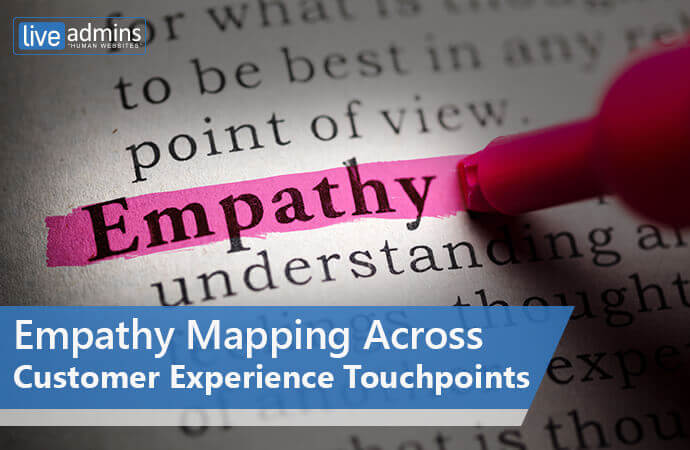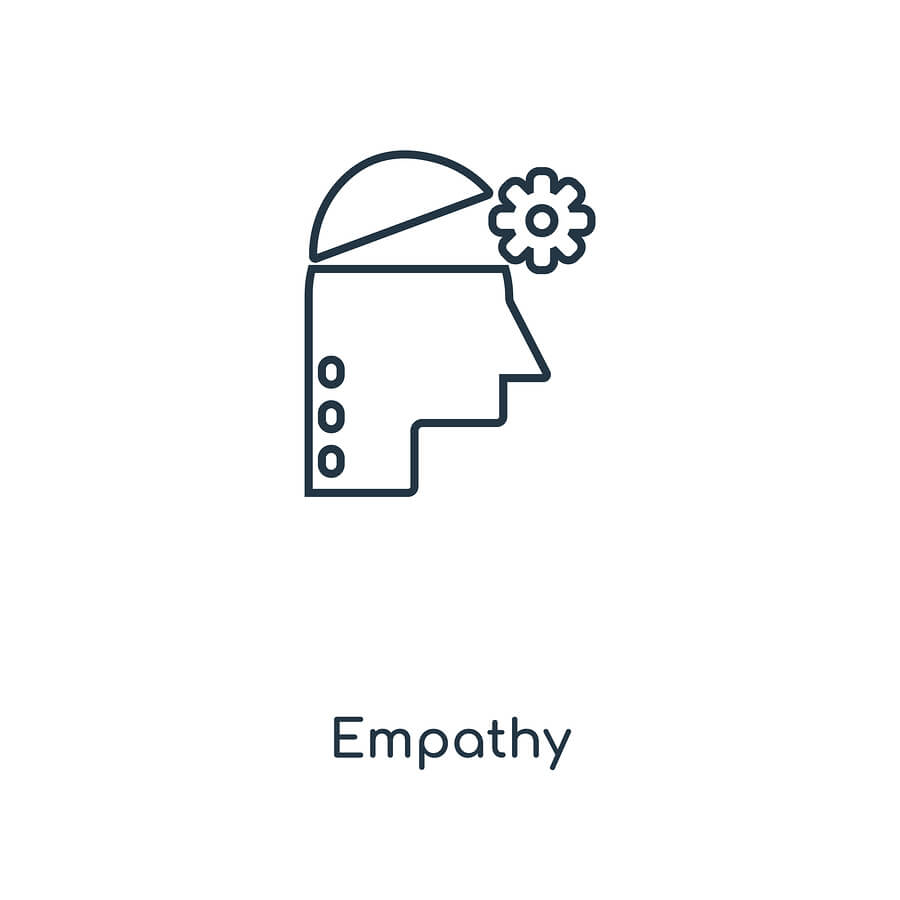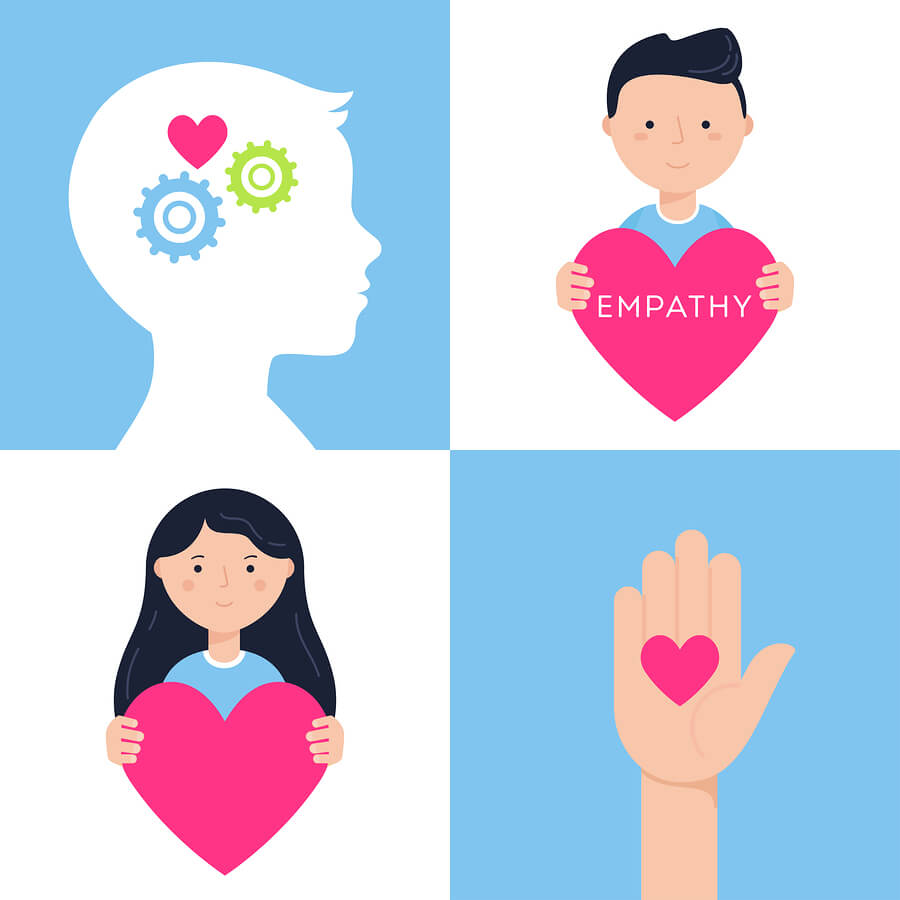Empathy Mapping Across Customer Experience Touchpoints

Empathy is now a business requirement. To keep improving your company’s customer experience, it’s important to consider the customer’s point of view. Exercising empathy allows individuals to interact with each other with increased compassion and understanding. Not only that, exercising empathy also improves one’s critical thinking and overall problem-solving abilities. That is why fostering empathy as a skill is indispensable for organizations. One easy way to get your team to see things from alternative perspectives and to understand their users better is through empathy mapping.
EMPATHY MAPPING 101

Empathy mapping, used as a tool, can help organizations gain deeper insights into their customer base. Whether the business offers ride-hailing services or custom-designed t-shirts, they can use empathy mapping to assist in key decision-making processes. What the customer feels strongly about, customer touch points or customer pain points must first be identified before empathy mapping can be done. Nowadays, customer touch points often stem from the business’s website. Services such as live chat solutions, customer support via telephone, or even email-based support can all originate from the official website.
QUADRANT BY QUADRANT

Empathy mapping can be carried out either for one person (i.e. customer) or for an entire customer segment. One-user empathy maps take into account one type of user and the entire research is based around them. However, aggregated empathy maps present user segments and are usually created by combining various one-user empathy maps that fall under the same category or theme. Through this, the researchers can create different personas. The personas can also be used to summarize qualitative data from surveys, field studies, and the like.
An empathy mapping exercise begins with first splitting a square into quadrants. Each of the quadrants will be labeled as follows: Says, Thinks, Does, and Feels. Once that is done, the next step is to label the map after the user or customer that you are trying to understand.
- Says Quadrant
Jot down what the user says out loud, or can be directly quoted as saying from authentic customer research sources. If a potential customer (or user) comes across the brand’s product ‘in the wild’, what would they say? These statements or exclamations can be sourced from targeted market research surveys, focus groups, and interviews as well as from feedback on online forums.
- Thinks Quadrant
In this part, one must focus on what the customer is thinking. More specifically, what would they be concerned about? What would cause them to take immediate action? By identifying the customer’s opinions and priorities, even the ones that are not being expressed, companies can strategically improve their overall customer experience.
- Does Quadrant
This section involves what actions the customer will take while using the brand’s product or service. This is where the product or service designer must note how the customer goes about carrying out these actions. Take, for example, a brand that sells high-end smartphones with extra-wide screens. While the wider screens may be a frequently requested feature, it will be prudent to observe how the target consumer actually uses their phone. If they usually place their smartphone in the back pocket of their pants, the wider screen may not warrant an entirely new product line. Instead, the brand can roll out a limited edition series of wider smartphones for that particular type of customer.
- Feels Quadrant
This quadrant records the user’s emotional state while using a product or experiencing a service. By thinking in terms of adjectives, we can ask ourselves what the user is feeling at different stages of the customer journey.
Empathy maps should be used at the beginning of the design process for them to be effective. Because of the nature of these quadrants, some of them might overlap or become ambiguous. Precision is not required in empathy mapping as long as the research is closely aligned with the target customer or customer segment.
ADVANTAGES OF EMPATHY MAPPING

Some other benefits of empathy mapping include:
Developing Personas
- Categorizing and understanding qualitative data becomes easier.
- Problem areas can be defined and gaps can be filled with new-found knowledge.
- By using aggregated empathy maps, relevant user personas can be created
Describing Personas
- Through illustrations, it is easier to understand the user’s attitude and behaviors. It’s also easier to make your team members understand just where the problem lies.
- Empathy maps can be revised at any given time.
First-hand Data from the User
Gaining access to the customer’s thought processes and actions can significantly contribute to understanding the user and their behavior.
NAVIGATE CX TOUCHPOINTS

Intrigued by empathy mapping? Here’s how to build one for your own organization:
Define the End-Goal
- Which user or persona are you trying to understand?
- Which particular service or product are you trying to capture via an empathy map?
Gather Materials
- Which medium will you be using to draw the map?
- Whiteboard, sticky notes, chart paper, digital illustrations, and so on.
Research Collection
- Mystery shopping, Net Promoter Score (NPS) surveys, customer feedback forms, and mystery calling can all provide actionable insights.
Define Key Themes
- Which categories are being repeated?
- Combine them under an emotion or a situation occurring at a particular CX touchpoint.
Update the Map
- Finalize the Empathy Map and share it with relevant stakeholders within the organization.
- Input data into a separate spreadsheet. This can be used for the evaluation of the brand’s customer journey on a quarterly basis or yearly basis.
To achieve maximum effectiveness and positive customer experiences, it is best to combine one or more mapping methods. Making the consumer experience the center of an organization’s ‘pre-game’ strategy, increases consumer confidence in their services and products. Empathy mapping will, eventually, help teams identify actionable insights and overcome key problem areas in their brand’s customer journey. Mostly Live chat agents are well trained. You can check our Live chat Pricing.

